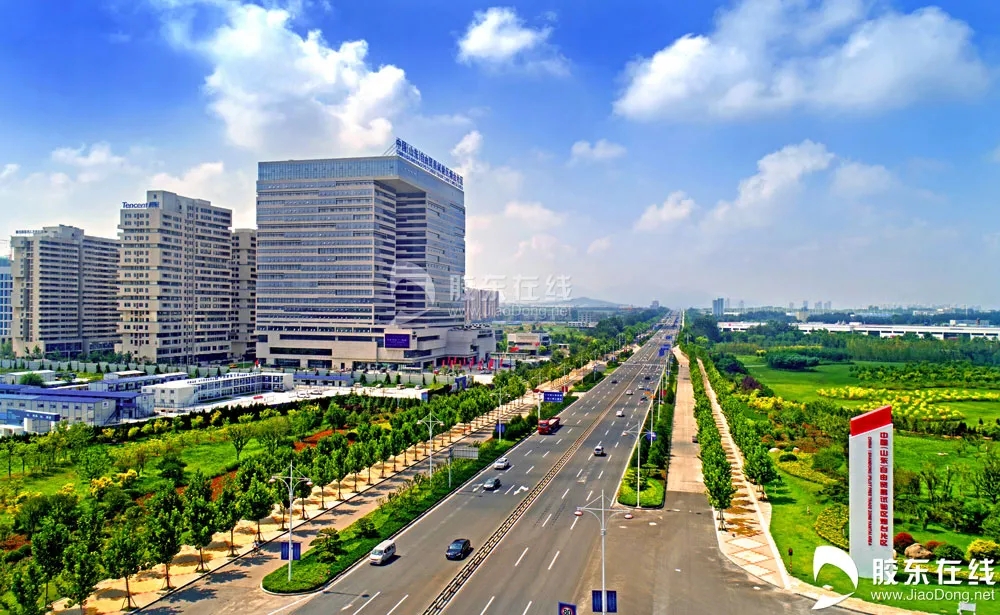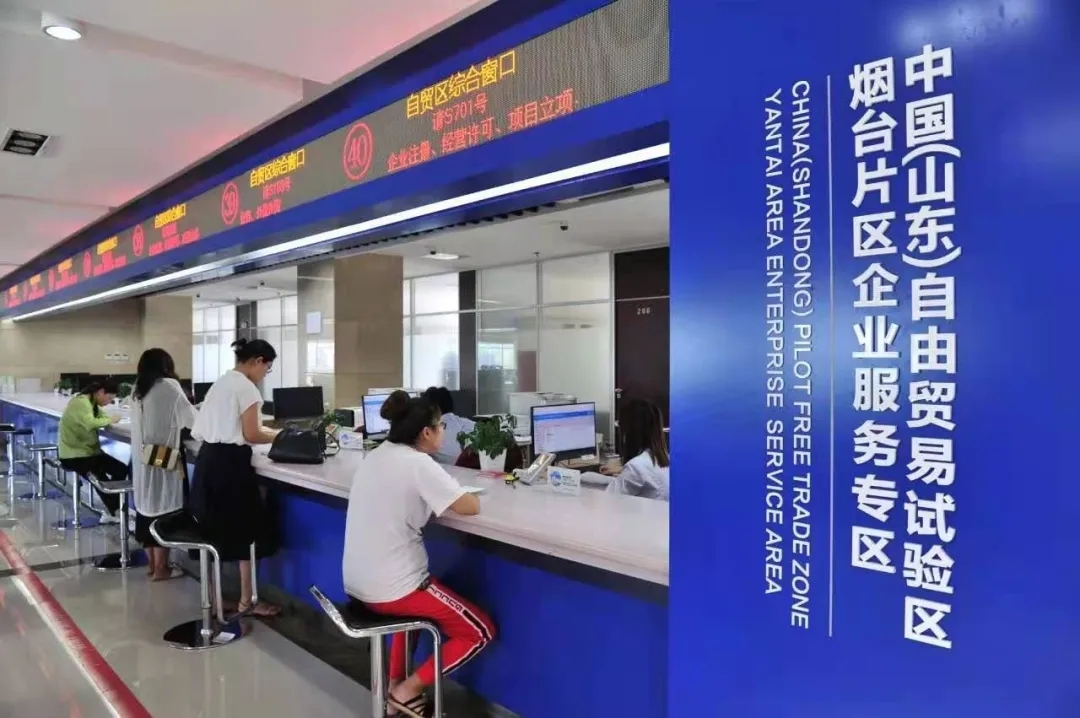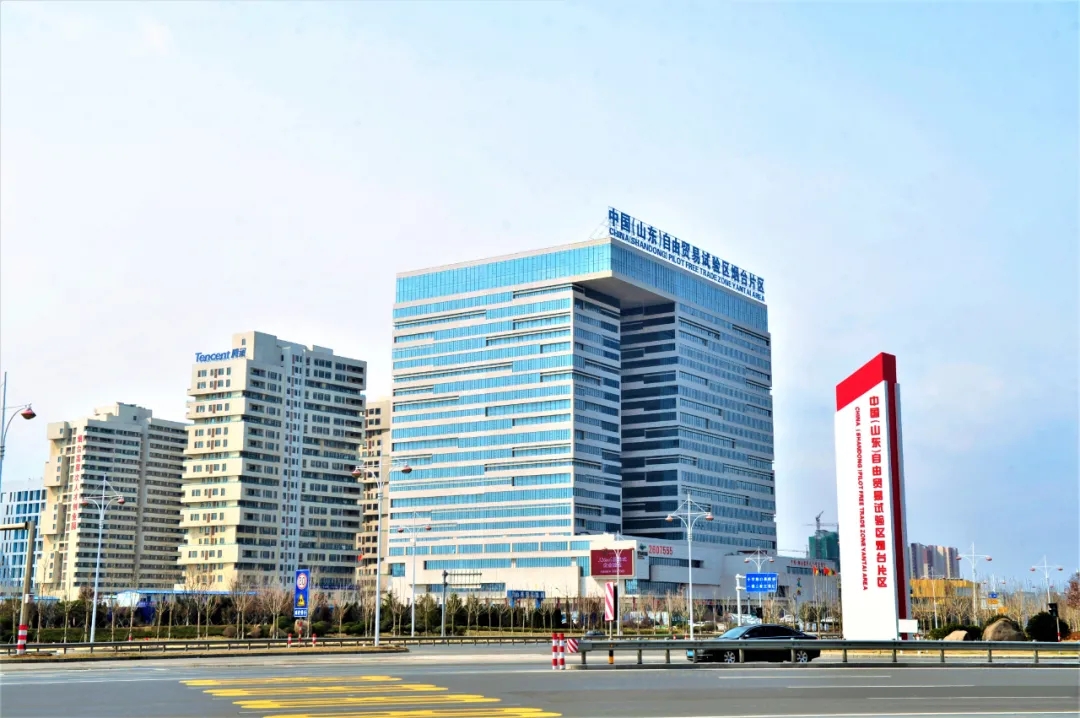1. Introduction to Yantai Area of China (Shandong) Pilot Free Trade Zone

2. Total project investment : 220 billion yuan
Three, investment demand
High-end equipment manufacturing, new materials, new generation information technology, energy saving and environmental protection, biomedicine and modern service industries.

Fourth, the way of cooperation
Joint venture, cooperation, sole proprietorship, technology introduction.
5. Development basis
The Yantai area has more than 50,000 market entities, 3,000 industrial enterprises, and 123 Fortune 500 projects. It has formed two leading industries of machinery manufacturing and electronic information, and three dominant industries of new chemical materials, biomedicine, and intelligent manufacturing.

6. Market potential
As an open gateway to Japan and South Korea, it gathers the major infrastructure of the "Three Ports and One Station" of the Yantai Port West Port Area, Penglai International Airport, the Comprehensive Bonded Zone, and the Bohai Rim High-speed Railway, which connects Beijing-Tianjin-Hebei, radiates to the Yellow Sea and the Bohai Sea, and connects domestic and overseas.

Seven, advantages and characteristics
First, the location advantage is obvious. Located at the intersection of the Bohai Rim Economic Circle, the Pacific Rim Economic Circle, and the Northeast Asian Economic Circle, it faces Northeast Asia, connects China, Japan and South Korea, is separated by a strip of water with Japan, faces South Korea across the sea, and is interconnected with the world. It is a two-way mutual benefit between East and West. The intersection of land and sea connections inside and outside.
The second is the stacking of strategic opportunities. As the primary support point of the country’s coastal opening strategy, it also has strategic opportunities such as important maritime node cities along the “Belt and Road”, the core area of Shandong’s new and old kinetic energy conversion, and the China-Korea (Yantai) Industrial Park.
